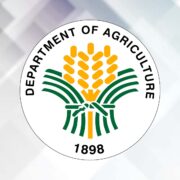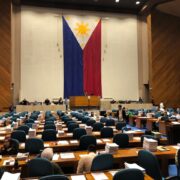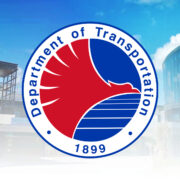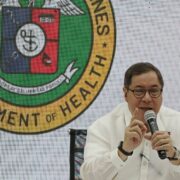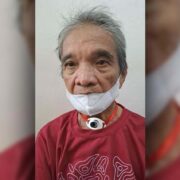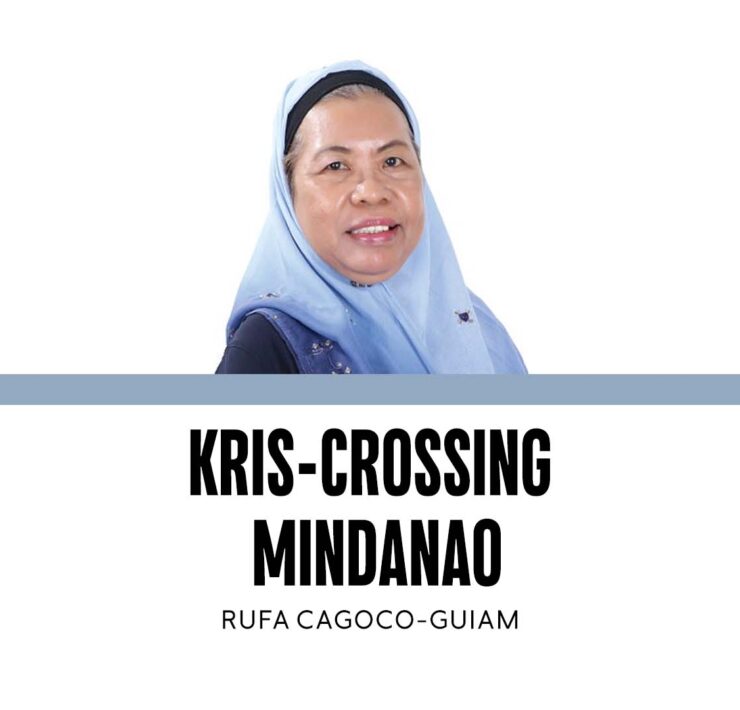Bridging gaps on gender and climate justice (1)
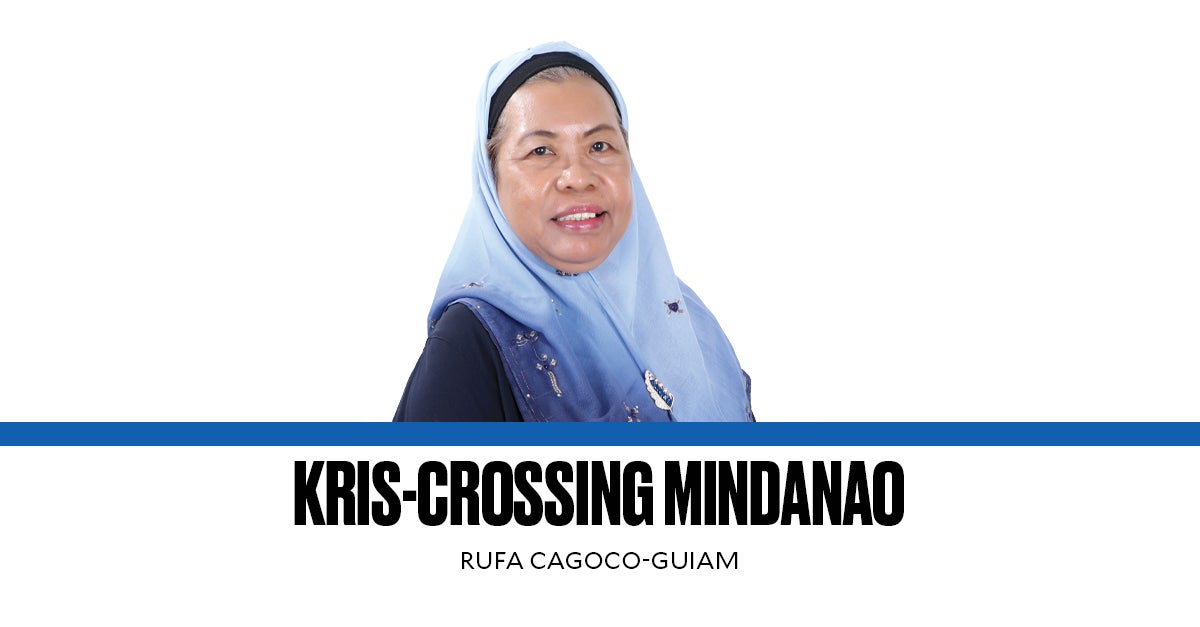
I am here at Miriam College, at the 7th National Women’s Summit (NSW), with the theme, “Accelerating Gender Equality in the Midst of Multiple Crises: Toward 30 Years of Beijing Platform for Action.” The two-day event started yesterday. One of the crises identified in this summit is what we are experiencing now—extraordinarily scorching heat every day of our lives, with daily temperatures averaging 40-45 degrees Celsius.
I was invited to speak at a panel on “bridging the gap on gender and climate justice,” which took place yesterday afternoon. I think this invitation is based on recent research I have done on the intersections of climate change with conflicts, gender inequality, and social exclusion in selected Bangsamoro communities in Mindanao.
The summit started with keynote speeches from prominent women leaders in the country, bringing to the forefront significant roles female policymakers and implementers play as they navigate predominant practices and perspectives like misogyny and gender unequal relations that have defined government bureaucracies in the country, both in the past and the present.
Such perspectives and practices have given rise to multiple crises that have affected women and girls just because of who they are, as members of the more “vulnerable” sectors of society. But when these identities overlap with being members of already marginalized sectors like indigenous communities, or part of the nonbinary gender identities of the lesbian, gay, bisexual, transgender, and others (LGBTQI++) or having disabilities of any kind, individuals become even more subjected to discrimination and emotional, mental and physical and, in some cases, sexual abuse.
I want to highlight my presentation at this summit, on the need to understand the intricacies of understanding climate change and various intersections with the multiple crises facing women, girls, and members of nonbinary gender identities and of other “vulnerabilities” listed above; and on what has been popularized in academic and civil society circles as “climate justice.”
I just finished writing the report on the latest exploratory research I led in selected communities in the Bangsamoro mainland on the intersections of climate security, gender inequality, and social exclusion. Just a disclaimer: given the limited funds for this project, our study locales were limited to some barangays in three distinct areas in three provinces: Maguindanao del Norte and del Sur, and Lanao del Sur. (We have to constantly cite this as a serious limitation in our study, but at the same time, it is an opportunity open to those interested in pursuing these issues further).
Our study findings showed how climate stressors like droughts and flooding have exacerbated existing vulnerabilities or weaknesses among community members, especially those already marginalized and impoverished. Vulnerabilities are not only based on gender and nonbinary gender identities, like being gay or being a member of the LGBTQI++ community, and other outcomes of a confluence of social exclusion markers, like being poor, being a member of a “second-order” minority groups like indigenous peoples, and having some types of disabilities, whether physical or emotional and mental.
Our study areas are also prone to violent conflicts in the past and present, leading one of my co-researchers to note that the Bangsamoro region is considered an “epicenter” or a major arena of violent conflict. And we saw these happen during our fieldwork held at the time of the barangay elections. At one point, my team of field researchers had to return to their homes in General Santos City when they learned that the house of one of their local coordinators was hit by an M-79 grenade launcher.
Just last week, a violent encounter occurred in Kitango, a small barangay in an area designated by the Philippine military as the Salbu-Pagatin-Mamasapano-Shariff Aguak (SPMS) box. In this newest rash of violent conflict incidents, more than 10 alleged members of a faction of the Bangsamoro Islamic Freedom Forces, the Karialan faction, were killed by Philippine army elements.
The SPMS box has earned notoriety as a “deadly” territory, that stemmed from its being the location of the infamous “Mamasapano” tragedy in 2015 that killed 44 Special Action Forces of the Philippine National Police and seven civilians, including women and children. At present, motorists avoid the highway built within this complex, as a shortcut in traversing the Cotabato City-General Santos route, especially during “critical times” of the day, like late afternoon or early morning.
(To be concluded next week)


